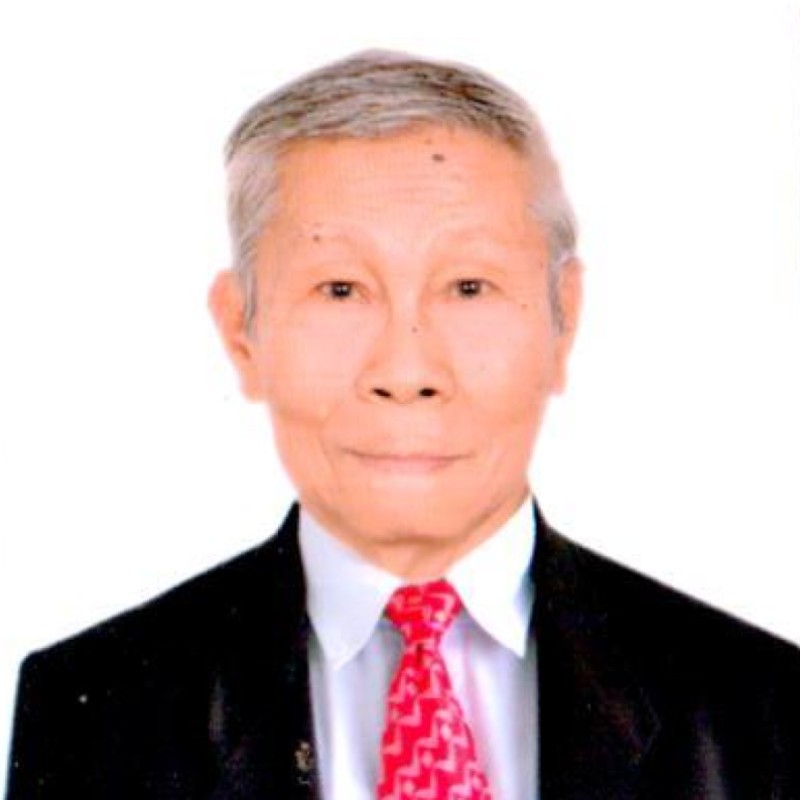GLIMPSES & GAZES
By Severino C. Samonte
There's a need to bring rationality to our senatorial elections
Share
Is there a possibility in the near future that the 24 Filipino senators mandated in the 1987 Constitution will all come from Metropolitan Manila and the rest of Luzon to the detriment of the people from the Visayas and Mindanao?
This question begins lingering in my mind as the Commission on Elections (Comelec) once again has started preparations for the conduct of the next mid-year polls on May 12, 2025, or barely a year from now.
To be elected in that polls are 12 senators, over 300 congressmen or representatives under the party-list system of election, 82 provincial governors and an equal number of vice governors, provincial board members and other local government officials such as city and municipal mayors and vice mayors, and councilors.
Sections 2 and 4, Article VI (Legislative Department) of the 1987 Constitution provides that "The Senate shall be composed of twenty-four (24) senators who shall be elected at large (meaning nationwide) by the qualified voters of the Philippines, as may be provided by law.
"The term of office of the senators shall be six years and shall commence, unless otherwise provided by law, at noon on the 30th day of June next following their election."
A glance at the roster of the 24 current members of the 19th Philippine Senate (2022-2025) shows that 20 of them are from Metro Manila and the rest of Luzon up to the Bicol region.
Only four of the sitting senators come from Mindanao. They are Senate President Juan Miguel Zubiri, Minority Leader Aquilino "Koko" Pimentel III, and Senators Ronald "Bato" Dela Rosa and Christopher Lawrence "Bong" Go.
This indicates a gross under-representation of the Visayas and Mindanao population in the present Congress. In view of this, some observers have voiced out the need to rationalize the election of the country's 24 senators in accordance with the constitutional mandate.
Even the first-ever senatorial elections held on May 11, 1987 under the present Charter showed very lopsided results against the people of the Visayas and Mindanao. The winners then were eight from Luzon, four from Mindanao and two from the Visayas.
Those who came from Mindanao were Senators Teofisto T. Guingona Jr. (who became Senate President Pro-Tempore); Aquilino Q. Pimentel Jr., Mamintal H. Tamano and Santanina Rasul.
The two lucky candidates from the Visayas were Senators John H. Osmeña of Cebu and Ernesto F. Herrera of Bohol.
The 18 dominant candidates from Luzon were Senators Jovito R. Salonga (who was elected Senate President); Orlando S. Mercado (Majority Floor Leader); Juan Ponce Enrile (Minority Floor Leader); Heherson T. Alvarez, Agapito "Butz" Aquino, Neptali A. Gonzales, Sotero H. Laurel, Ernesto M. Maceda, Rene A. Saguisag, Leticia Ramos Shahani, Wigberto Tañada, Edgardo Angara, Joseph Ejercito Estrada, Jose D. Lina Jr., Raul S. Manglapus, Vicente T. Paterno, Alberto G. Romulo, and Victor Ziga.
The succeeding synchronized election in May 1992 basically had the same results as far as the senatorial outcome was concerned.
Among those who have noted the need for more senators from the Visayas and Mindanao is veteran journalist Philip "Ka Ipe" Lustre Jr. in his Facebook post of Dec. 10, 2015. where he said:
"WANTED NATIONAL LEADERS FROM THE SOUTH. It is wrong to assume that the people of Luzon do not want national leaders from the South, particularly Mindanao. President Fidel Ramos was correct in saying that it's about time that a new president comes from Mindanao.
"The problem is Mindanao does not offer us the right candidates. The people had elected three guys from Cagayan de Oro City: Emmanuel Pelaez as vice president and senator for four terms; Nene Pimentel as senator for three terms; and Koko Pimentel. We had elected Teofisto Guingona Jr., a three-term senator, and son, Teofisto III, who both hail from Bukidnon.
"This only goes to show that the people in general, including those from Luzon, are capable of recognizing talents from Mindanao.
"Mindanao has many talents, but they have to come out and slug it out in the open."
Comments
About the Columnist

He began his journalistic career by contributing to the Liwayway and Bulaklak magazines in the 1960’s. He was the night editor of the Philippine News Service when Martial Law was declared in September 1972. When the Philippine News Agency was organized in March 1973, he was named national news editor because of his news wire service experience.
He retired as executive news editor in 2003. He also served as executive editor of the Malacanang-based Presidential News Desk from 1993 to 1996 and from 2005 to 2008.
